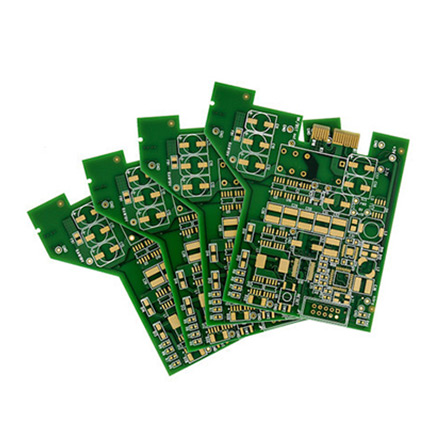

The Art and Science of Tempered Acid Etched Glass
Tempered acid etched glass represents a unique intersection of durability and aesthetic charm, making it a popular choice in modern architecture and interior design. This specialized glass undergoes two crucial processes tempering and acid etching, which together enhance both its structural integrity and visual appeal.
Understanding Tempered Glass
Tempered glass, also known as toughened glass, is produced through a process of extreme heating and rapid cooling. During the tempering process, glass is heated to about 620 degrees Celsius (1,148 degrees Fahrenheit) and then cooled swiftly. This method alters the internal structure of the glass, imparting an exceptional strength that is typically four to five times greater than that of untreated glass. The advantage of tempered glass is not only its ability to withstand high pressures and thermal stresses but also its safety features. When broken, tempered glass shatters into small, blunt pieces rather than sharp shards, reducing the risk of injury.
The Process of Acid Etching
Acid etching is a decorative technique that transforms plain glass into a visually captivating material. This process involves applying a mixture of hydrofluoric acid and other chemicals to the glass surface, creating intricate patterns and textures. The acid reacts with the silica in the glass, etching away the surface to produce a frosted appearance. Unlike sandblasting, which can create similar effects, acid etching offers a smoother finish and a wider range of detailed designs.
The Aesthetic Appeal
The combination of tempered durability and acid etching results in a material that is both functional and decorative. Tempered acid etched glass can serve various purposes, from providing privacy in bathrooms to enhancing the artistic appeal of office partitions. The frosted finish diffuses light without sacrificing transparency, making it an ideal choice for spaces where both illumination and discretion are essential.

Architects and designers are increasingly embracing tempered acid etched glass for its ability to enhance modern aesthetics while remaining practical
. Its application ranges from residential settings—where it may be used in shower doors and balustrades—to commercial environments like hotels and restaurants that utilize it in lobby installations and glass facades.Practical Applications
In addition to its beauty, tempered acid etched glass is incredibly versatile. It can be customized to fit various design visions, allowing for unique patterns that cater to specific themes or functional requirements. For instance, in office environments, glass partitions made from acid etched glass can help minimize distractions while fostering an open atmosphere.
Moreover, the glass is easy to clean and maintain. The etched surface can hide fingerprints and smudges more effectively than clear glass, making it a practical choice for high-traffic areas. Its durability also means that it holds up well against weather and temperature fluctuations, making it suitable for both indoor and outdoor applications.
Environmental Considerations
As sustainability becomes increasingly important in design, tempered acid etched glass aligns with environmentally responsible practices. The longevity of tempered glass reduces the need for replacements, and its ability to filter light can lead to energy savings in buildings.
Conclusion
Tempered acid etched glass is more than just a functional material; it is a canvas for creativity and innovation in design. Its unique combination of strength, safety, and style makes it a favorite among architects and interior designers alike. Whether used for practical applications or as a statement piece, tempered acid etched glass continues to evolve, offering endless possibilities for contemporary design solutions.